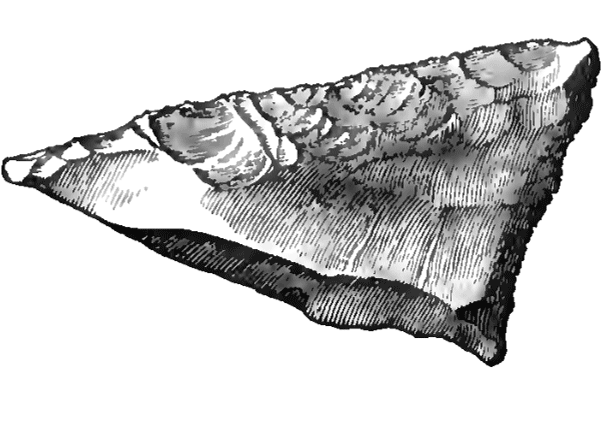<![CDATA[In the outskirts of Cardiff lies a town named Caerau, which was once a powerful Iron Age community. It is there that a shocking discovery was made, not by archaeologists but by a group of volunteers. The excavation was led by professional archaeologists in hopes that they would find more of the Roman pottery that was found the year before, but what was found was much more valuable. The first discovery was made by a six-year-old boy who discovered a Neolithic arrowhead. After that more digging took place, and many more prehistoric weapons were found, making researchers believe that the spot in which they were found was home to a great battle. Some of the items dug up by volunteers were flint tools and weapons, which included arrowheads, scrapers, awls, as well as other weapons made from stone such as axes. These items were dated over 5,000 years old. The excavation was put on by faculty of Cardiff University. Co-director of the project, Dr. Dave Wyatt, states that the find shocked him and his colleagues. He expected to find items that were at most 3000 years old, but finding items from the Neolithic period is hitting the jackpot. No one knew that the area was occupied for so long, predating the construction of the area's Iron Age hill fort. "Caerau", which is Welsh for "Fort", sits at the bottom of a hill slope outside of Cardiff, and wasn't a part of Cardiff until 1922. The highlight of the town is the remains of an Iron Age hill fort. Most of it has crumbled away but the foundation gives a big clue into what it once was. Many items have been discovered in Caerau that dated back to the Iron Age. In 2012, a television documentary discovered that there were a lot of pathways through and around the hill, and that Caerau might have been the main stronghold of a people that formed a resistance of Roman opposition called the Silures. The recent dig that found the Neolithic items shocked scientists because the pottery and armour found at the site in recent years were dated back to 1000 BC. The other director on the project, Oliver Davis, remarks that the Neolithic people may have used the land for agricultural purposes. He states that Caerau may have been a hub for many smaller communities where the people could celebrate, hold feasts and in general just socialize. Caerau seems to have been an important place for different sets of people for several thousands of years. He adds that a lot of the arrowheads that were found were broken, which most likely came as a result of impact. Hence, there may have been a war in the area 5000 years ago. Experts are now looking at this find plus soil samples to find out more about the occupants of the land over the years, and of the history of Caerau in general. Wyatt and Davis were helped by a total of 250 volunteers from a variety of communities and schools. They state that if the project wasn't supported by so many people, this discovery would not have been made. ]]>
Welsh Boy's Discovery Leads to Huge Find
